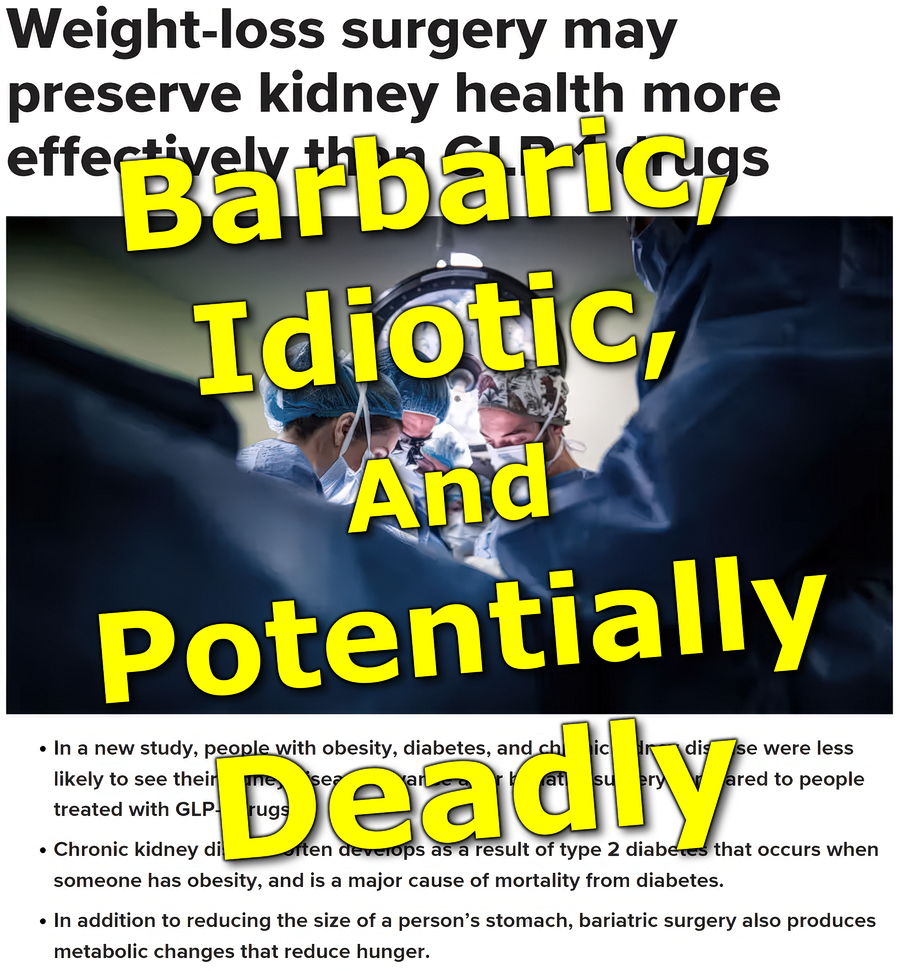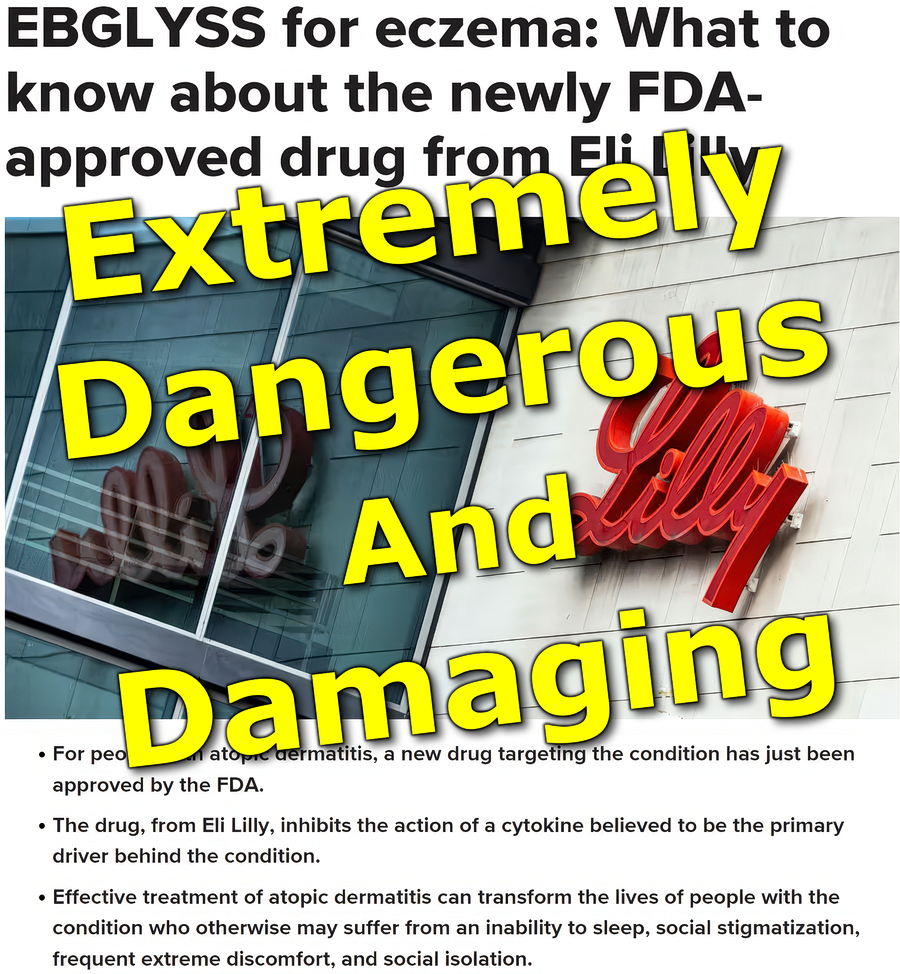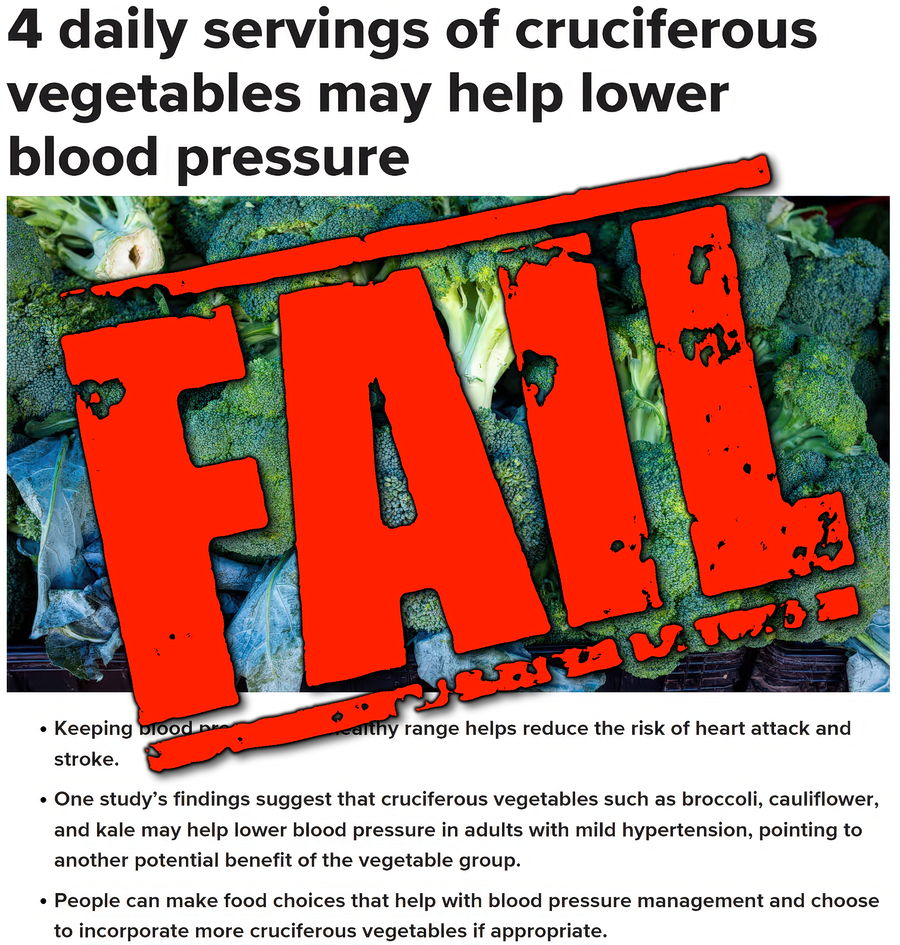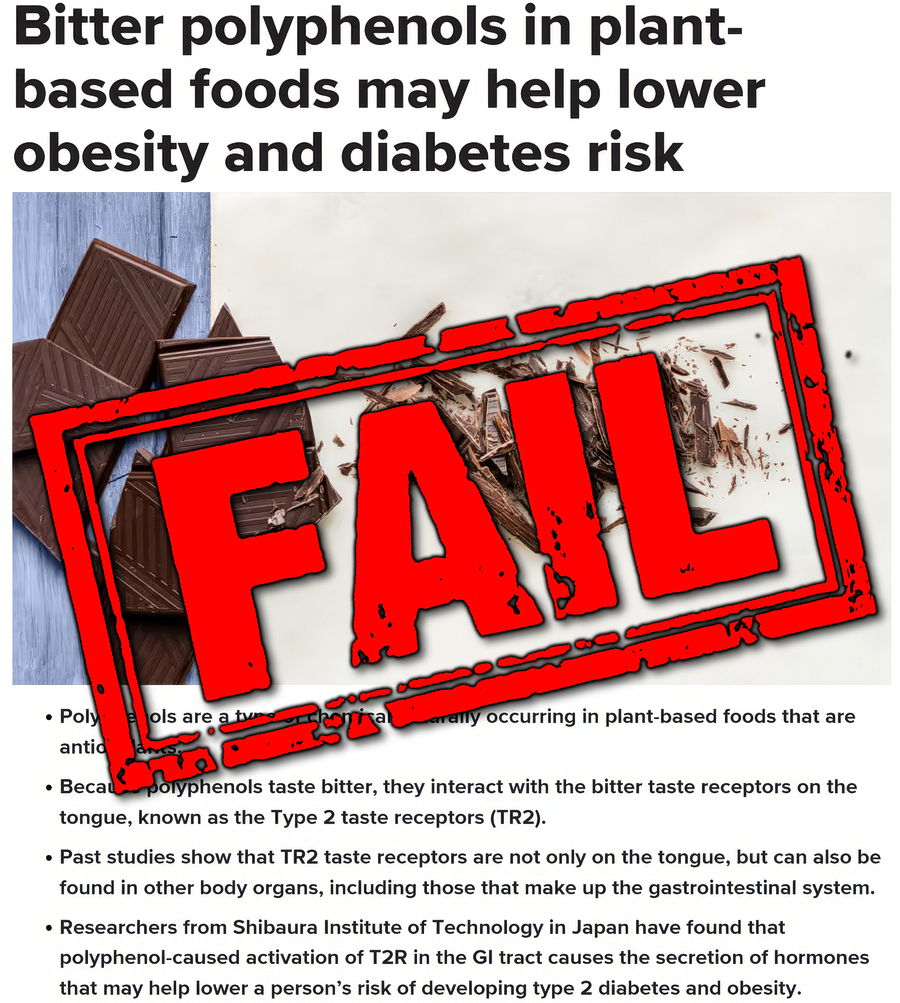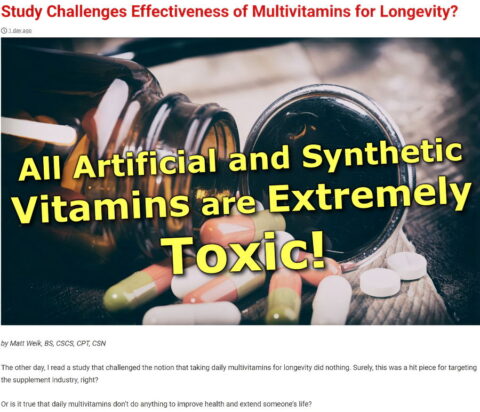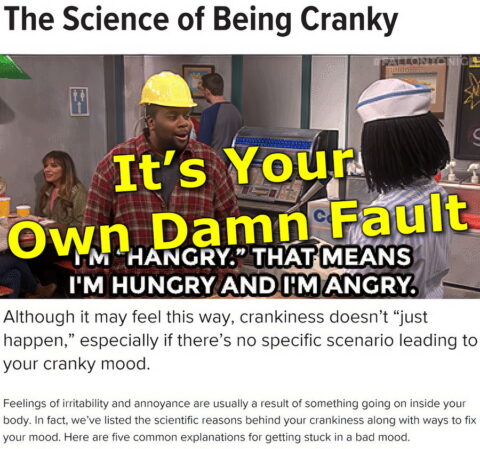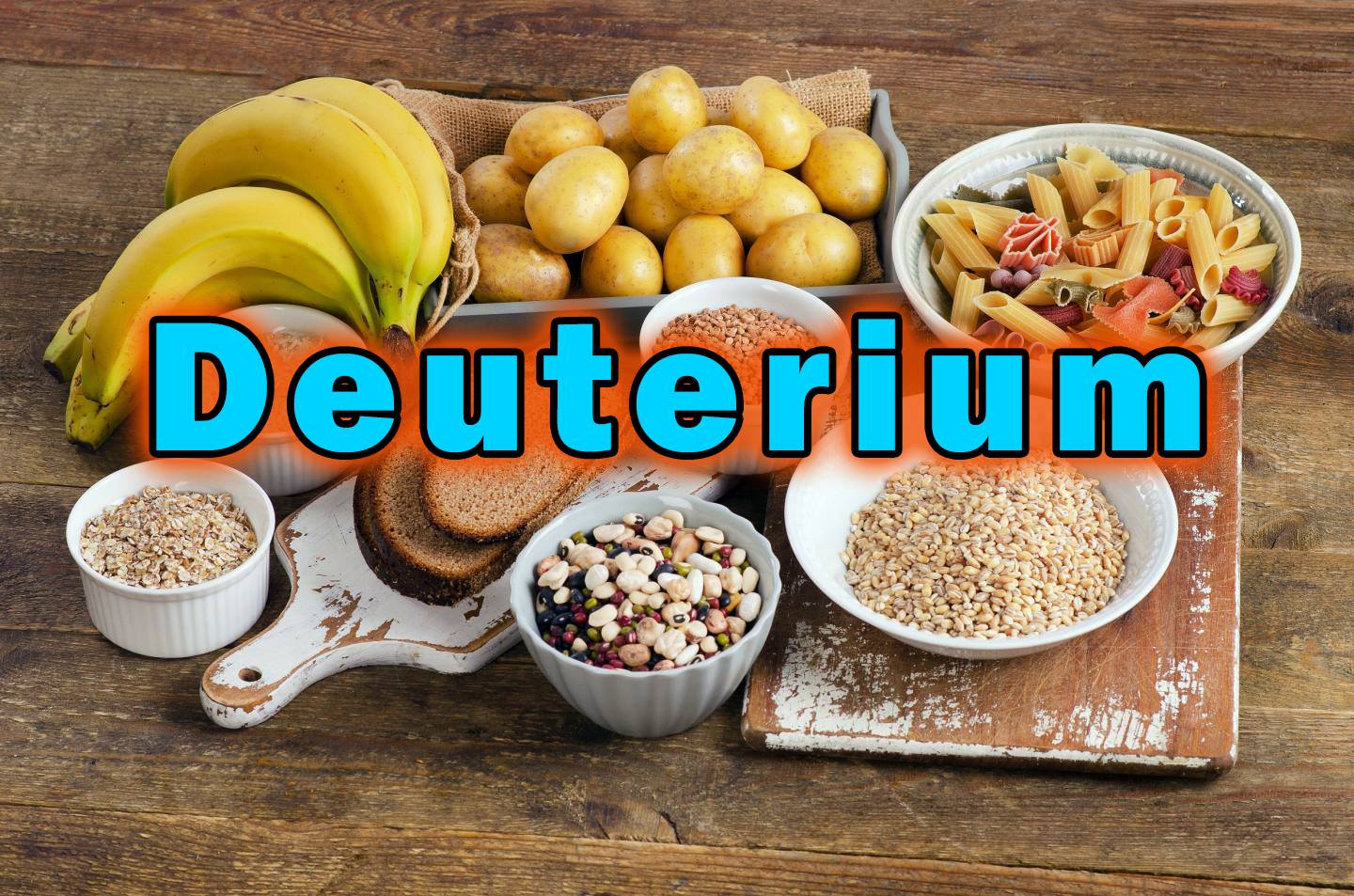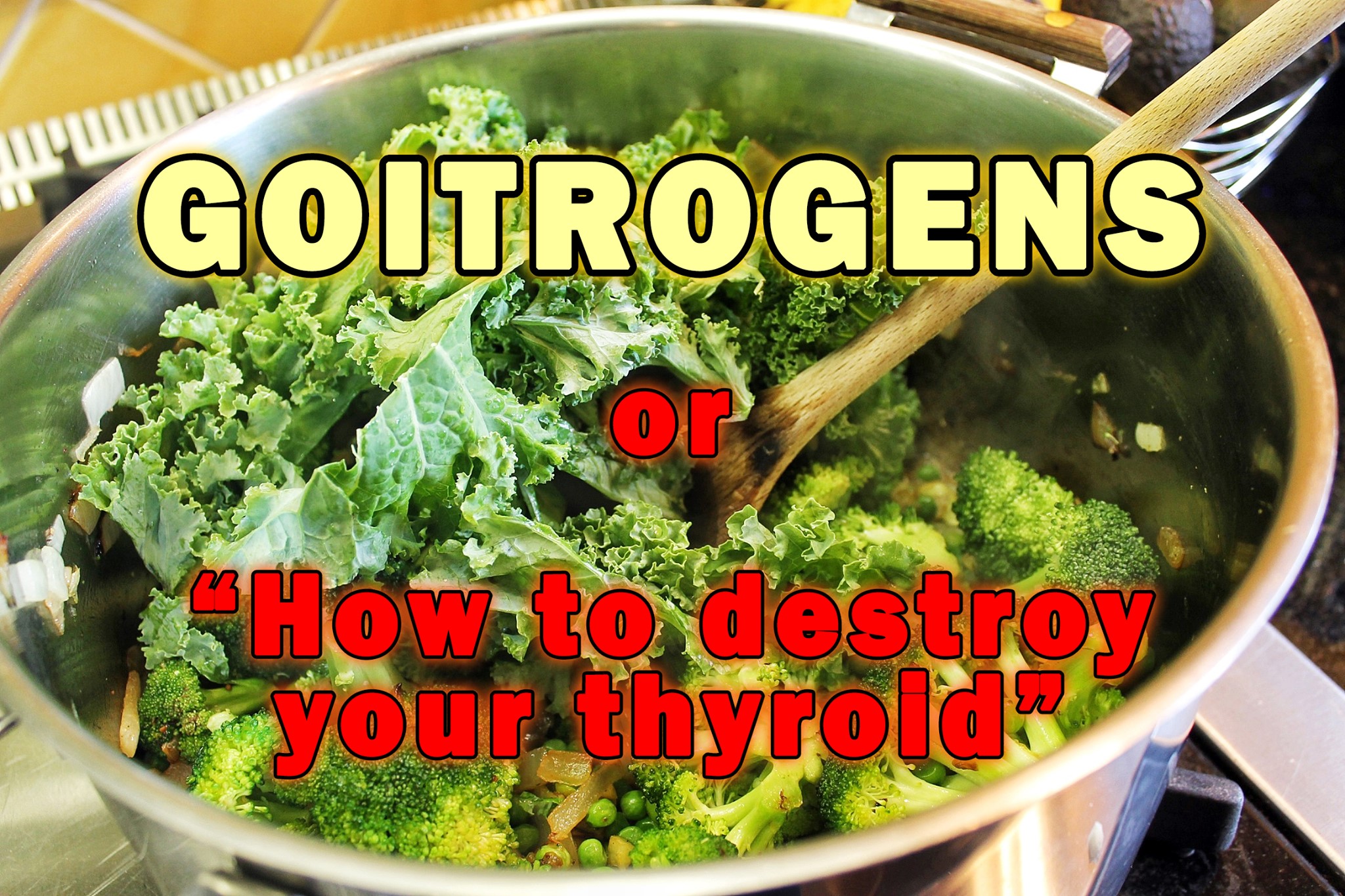What You Need To Know About Vitamin K
The pharmaceutical shills at Healthline are at it again, publishing their usual nonsensical backwards-thinking rubbish. This time they praise the importance of vitamin K and recommend extremely toxic food sources without mentioning anything about bioavailability and the different chemical forms, as in non-active inorganic (plants) and the active organic forms (animals,) nor how these forms present themselves within the body, and how our body handles them. They are either outright lying to their audience, […]
What You Need To Know About Vitamin K Read the Full Article »

